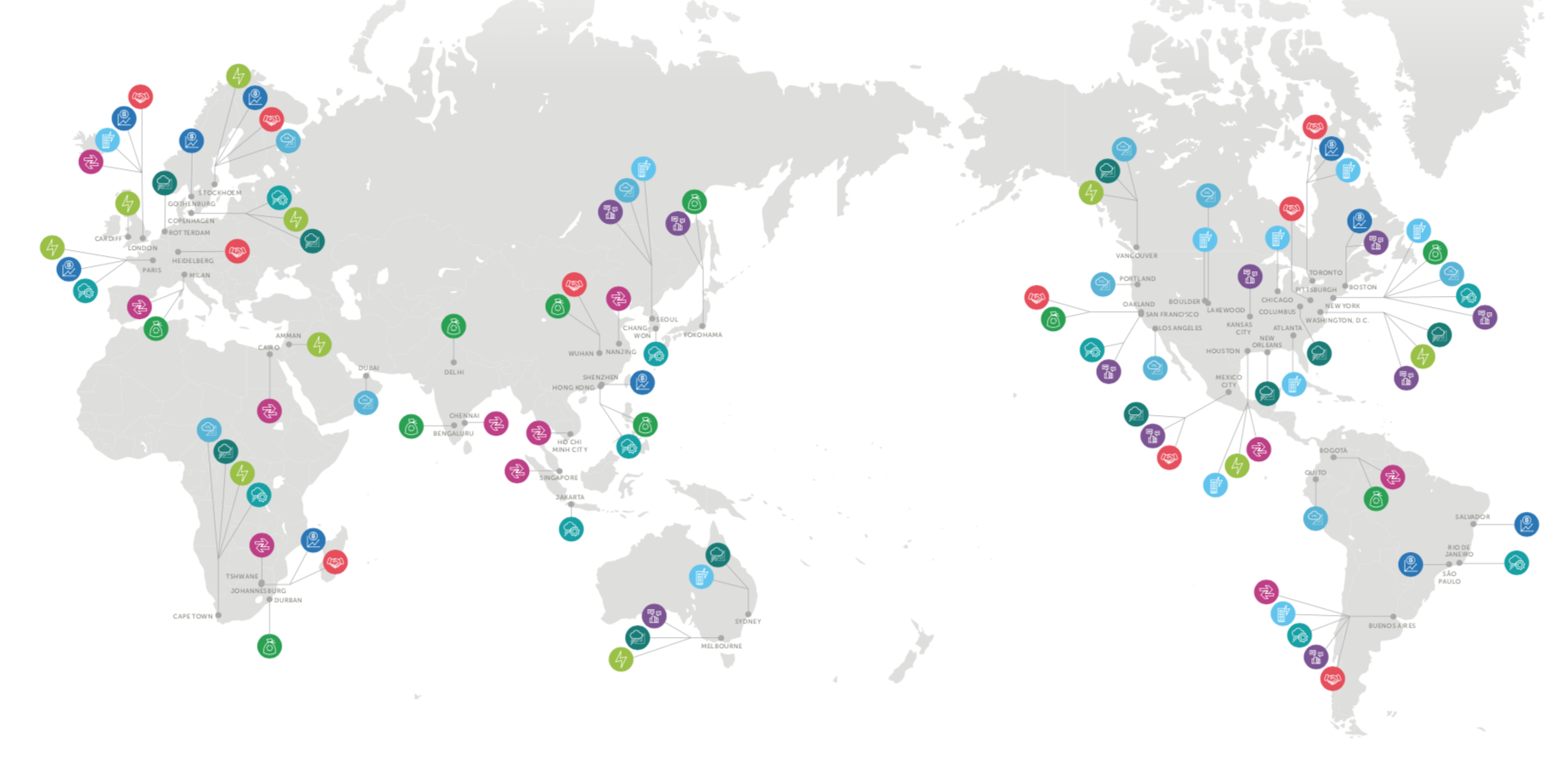Climate Proofing Cities: A Resilience Analysis
Urban Resilience is the capacity of individuals, communities, institutions, businesses, and systems within a city to survive, adapt, and grow despite any acute shock or chronic stress that might occur. And with the advent of climate change, it is becoming more important to help our communities withstand the subsequent extreme weather events. Cities around the world have come together in a global network called the C-40, in an attempt to “climate proof” themselves. Here, we investigate the top 100 strategies adopted by world’s leading cities in the year 2015 using the Resilience Landscape model, which describes the four components of resilience – resistance, latitude, precariousness, and panarchy. Each individual strategy from the case studies was studied as a component of resilience built. Preliminary analysis reveals that most of them are focused on reducing Carbon emissions only. It brings into question if reducing emissions can equate to climate proofing. With this model of resilience, we are able to demonstrate the application of various aspects of resilience in a holistic way. Click here for an overview.
